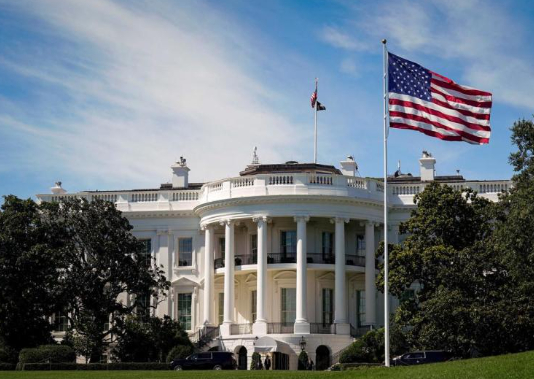
On August 1, 2025, US President Trump signed an executive order formally imposing a 35% tariff on Canadian imports. This move marks a renewed strain in US-Canada trade relations and adds new uncertainty to the global trade landscape.
The Trump administration's tariff increase was not a sudden move, but rather a continuation of long-standing trade friction. Previously, the US and Canada have clashed repeatedly over issues such as the digital services tax and steel and aluminum tariffs. Canada's 3% digital services tax on US tech companies and its 50% tariffs on US steel and aluminum products are both considered retaliatory measures. With "America First" at its core, Trump is attempting to use tariffs to pressure Canada into concessions, promote the reshoring of industrial chains, address the trade deficit, and strengthen the competitiveness of US manufacturing. Furthermore, the Trump administration views tariffs as a bargaining chip, and its proposed exemption—tariff exemptions for investments and factories in the US—reveals its strategic intention to restructure its supply chain.
For Canada, the 35% tariff will directly impact its economic lifeline. Data shows that 75.9% of Canada's exports rely on the US market, with copper and copper-based product exports to the US reaching C$4.65 billion in 2023. Tariffs are causing business costs to soar, potentially triggering industrial chain relocation or a wave of bankruptcies. Canadian Industry Minister Melanie Joly has already stated that Canada will take retaliatory measures, including a 50% tariff on US copper imports, cuts in oil and gas exports, and even power supply cuts (Ontario accounts for 85% of US electricity imports). While retaliatory measures are a deterrent, they could also increase the risk of economic decoupling between the two countries.
In the US, tariff policies also pose risks. Consumers will face higher prices for imported goods, and the manufacturing industry will face pressure due to supply chain disruptions. For example, Canada accounts for 60% of US crude oil imports, and energy tariffs could drive up domestic inflation. Furthermore, intensified trade frictions could undermine investor confidence, and the negative reaction in US stock futures already reflects market concerns.
Trump's tariff policy is clearly unilateralist, and his "tariff-forcing negotiation" approach is reshaping global trade rules. On the one hand, Canada may accelerate its de-Americanization process and strengthen cooperation with the EU and China. China-Canada trade has grown steadily in recent years, and China may become a key partner for Canada in risk mitigation. Meanwhile, the United States has imposed differentiated tariffs on various countries, forcing them to compromise in trade negotiations and accelerating the multipolar restructuring of global supply chains.
On a legal level, the legality of Trump's tariffs under the International Emergency Economic Powers Act is being challenged in a US federal court. The judge stated that a trade deficit does not necessarily constitute a "national emergency." The case may be appealed to the Supreme Court, casting a shadow over the sustainability of the tariff policy.
This tariff conflict reflects the deep-seated contradictions between the United States and Canada. Canadian Prime Minister Carney emphasized that Canada "will never become the 51st state," a tough stance that reflects his determination to safeguard Canada's economic sovereignty. Trump, in turn, is using tariffs to exert pressure, attempting to reinforce his "America First" political image amid a stalemate in the election. However, a protracted trade war could be mutually detrimental, and the market generally expects both sides to resume negotiations. Currently, the Canadian negotiating team remains in Washington, and the possibility of an eventual compromise remains, but it depends on whether the two sides can find a balance on the core issues.
Trump's imposition of a 35% tariff on Canada is essentially a political game played with economic leverage. In the short term, both economies will experience economic pain, and the global trade system will face pressure to restructure. In the long term, if conflicts cannot be resolved through negotiations, North American economic integration may regress, accelerating the formation of a multipolar trade landscape. The outcome of this tariff dispute will not only impact US-Canada relations but also provide a crucial window into the evolution of global trade rules.

The U.S. third-quarter GDP growth rate, strikingly highlighted at 4.3%, not only surpassed market expectations but also earned the label of "the fastest in two years."
The U.S. third-quarter GDP growth rate, strikingly highligh…
Recently, US personnel intercepted a "Century" super oil ta…
According to Xinhua News Agency, the subtle changes in the …
The rapid development of artificial intelligence has brough…
In December 2025, Taiwan's political scene was shaken by a …
When Apple appears for the Nth time on the list of penaltie…